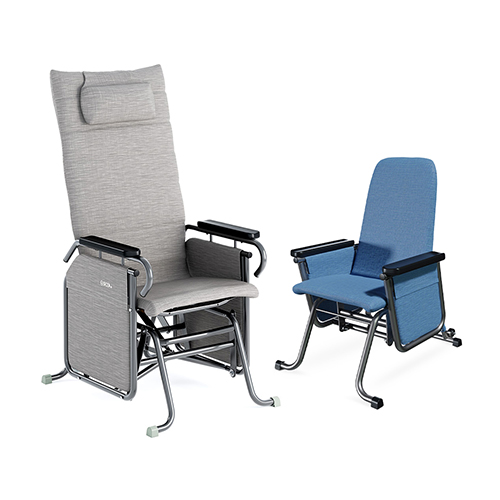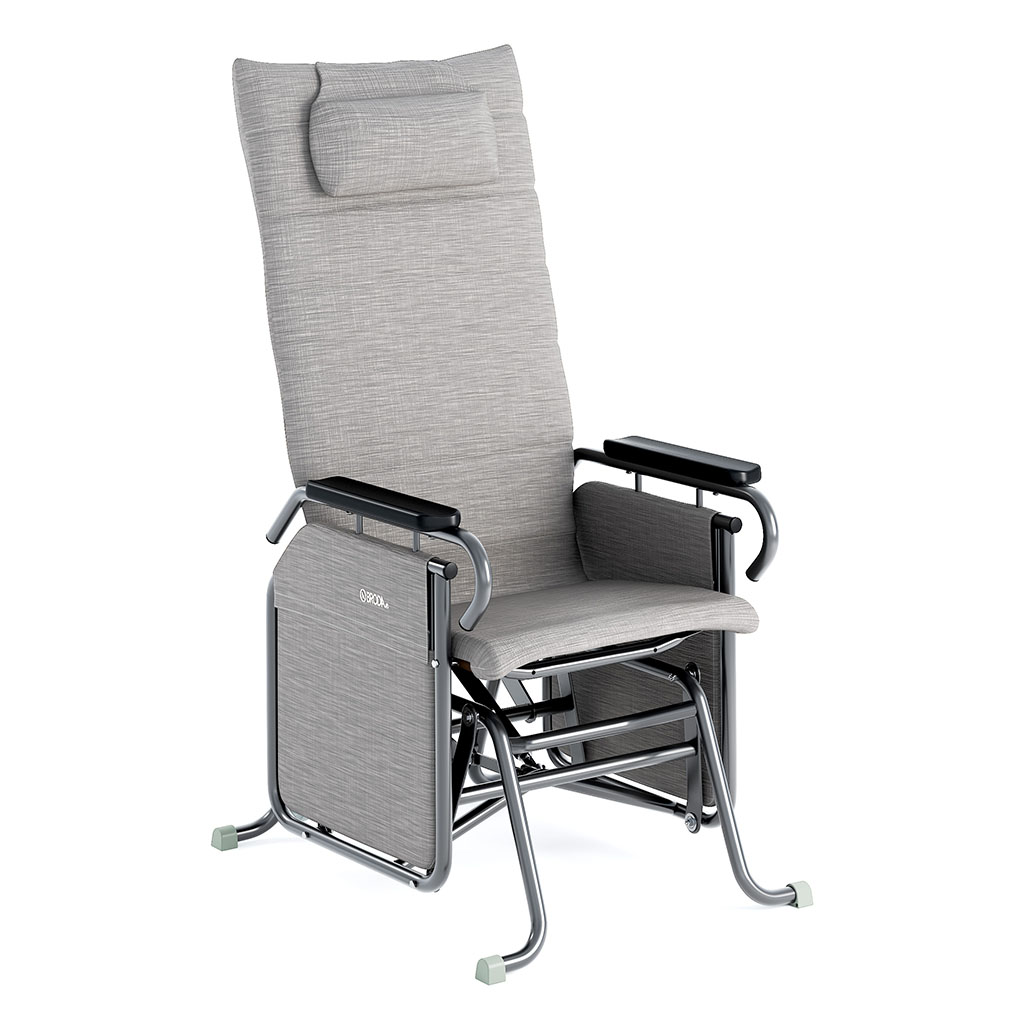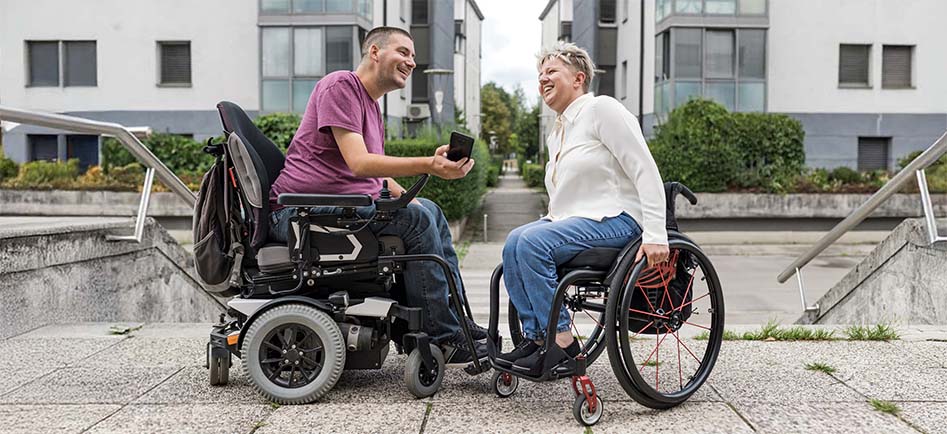Creating spaces that are welcoming and accessible to everyone is a cornerstone of modern facility design. For individuals with autism and other sensory processing disorders, a sensory room can be a vital sanctuary. These specially designed spaces help manage sensory input, prevent overwhelm, and provide a safe place to de-escalate challenging emotional states. Whether you’re an educator, an event planner, or a facility manager, this guide will provide you with practical steps to create the ultimate sensory room that is both effective and inclusive.
Understanding the Need for a Sensory Room
Sensory processing disorders affect how the brain interprets information from the senses. For some, sounds can be painfully loud, lights can be blindingly bright, and touch can be uncomfortable. In busy environments like schools, event centers, or public venues, this sensory overload can lead to stress, anxiety, and behavioral challenges.
A sensory room is a controlled environment designed to provide a low-stimulation experience. It offers a retreat from the overwhelming sensory input of the outside world, allowing individuals to calm down and regulate their sensory systems. Sensory rooms are more than just a trend. By investing in a sensory room, you demonstrate a powerful commitment to inclusivity, accessibility, and the well-being of every person who enters your space.
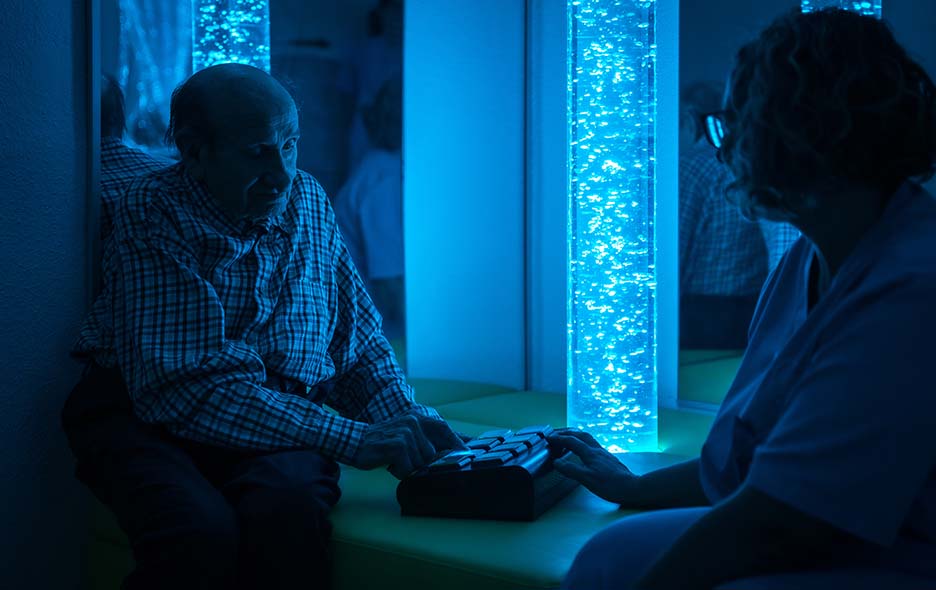
5 Key Elements of an Effective Sensory Room
Designing a successful sensory room involves careful consideration of several key components. The goal is to create a balanced environment that can be both calming and stimulating, depending on the individual’s needs.
1. Flexible and Controllable Lighting
Harsh, fluorescent lighting is often a major trigger for sensory sensitivity. In concert venues, special effects lighting, pyrotechnics, and other visual stimuli may also negatively affect sensitive guests. The lighting in your sensory room should be fully adjustable to create a calming atmosphere.
- Dimmable Lights: Install dimmer switches to allow users to control the brightness. Warm, soft lighting is generally preferable to cool, bright light.
- Projection and Fiber Optics: Use projectors to cast slow-moving, calming images like stars, clouds, or underwater scenes onto the walls and ceiling. Fiber optic strands and bubble tubes provide gentle, visually engaging light sources that are safe to touch and explore.
- Avoid Fluorescent Bulbs: If you cannot replace them, use light filters or covers to soften the harsh glare and eliminate the flickering that can cause distress.
2. Soundproofing and Auditory Control
Unpredictable or loud noises can be extremely distressing. Managing the auditory environment is crucial for creating a peaceful retreat.
- Soundproofing: Invest in acoustic wall panels, thick carpets, and heavy curtains to absorb external noise. Ensure the door has a good seal to block sounds from hallways or adjacent rooms.
- Calming Sounds: Provide options for controlled auditory input. A sound machine with choices like white noise, gentle rain, or soft ambient music can help mask disruptive background noise and promote relaxation.
- Headphones: Offer noise-canceling headphones to give individuals complete control over their auditory environment, allowing them to block out all sound if they choose.
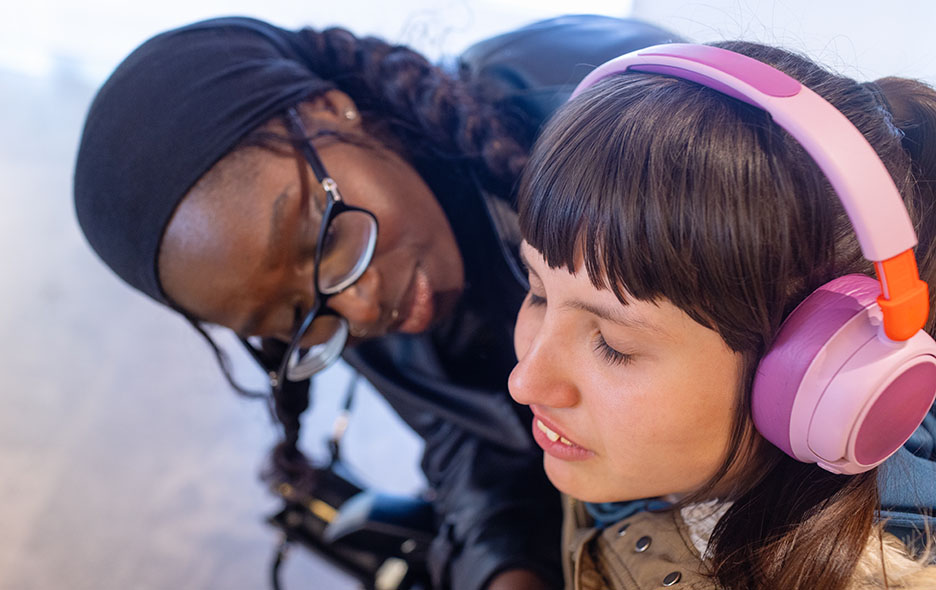
3. A Variety of Textures and Tactile Experiences
The sense of touch is a powerful tool for grounding and self-regulation. A sensory room should offer a range of tactile experiences to explore.
- Textured Surfaces: Incorporate different textures throughout the space. Consider a textured wall panel, soft rugs, smooth floor cushions, and bumpy or squishy tactile toys.
- Weighted Items: Weighted blankets, lap pads, and vests provide deep pressure, which has a calming and organizing effect on the nervous system. This type of input can be incredibly reassuring for someone who is feeling overwhelmed.
- Fidget Tools: A basket of high-quality fidget tools offers a discreet way for individuals to self-regulate through repetitive motion.
4. Comfortable and Purposeful Seating
Seating is one of the most important elements of a sensory room. It should not only be comfortable but also support the primary goal of regulation and calm. The right chair can provide a sense of security and a gentle, soothing motion that helps individuals de-escalate. Sensory rooms often utilize swings, yoga balls, or chairs that rock, spin, or glide.
Broda gliders, for example, are an exceptional choice for any sensory room.
The Broda Aspire Glider is specifically designed for children who desire gentle, calming motion. Its smooth, linear gliding action is predictable and soothing, helping to reduce anxiety and agitation. The glider’s motion promotes relaxation and mental calm.
For teenagers and adults, the Broda Tranquille Glider offers a similar calming experience. This glider chair automatically stabilizes when the user is in the process of sitting down or standing up but releases once safely seated to allow the fluid gliding motion. Smooth, rhythmic rocking or gliding is proven to help individuals self-regulate, reducing agitation, anxiety, and stress.
As an added benefit, Broda gliders are easy to clean and disinfect, keeping your space healthy and hygienic, especially for visitors with compromised immune systems.
No matter which seating option you choose, make sure you offer variety and order enough seats to meet the needs of your students or guests.
5. Take-Home Sensory Bags
As an additional benefit to your guests, consider offering a sensory bag full of items to help individuals self-regulate. These items should give your guests the resources they need to address sensory emergencies as they arise.
- Noise-Canceling Headphones or Ear Plugs: Include a way for guests to turn down the noise and re-center their thoughts.
- Fidget Devices: Offer a small, tactile tool to provide the right amount of sensory stimulation and something positive on which to focus.
- Visual Communication Cards: A visual aid can help a non-verbal individual signal wants and needs when struggling with overwhelm.
Designing for Different Environments
While the core principles remain the same, the application may differ depending on the setting.
Sensory Rooms in Schools
In an educational setting, a sensory room helps students return to a state of calm, ready to learn. In addition to the elements above, consider including a quiet corner for reading or a small desk for focused, low-stress activities. The space should be easily accessible but separate from high-traffic areas like the cafeteria or gym.
Sensory Rooms in Public Spaces and Event Centers
For venues like museums, airports, and stadiums, a sensory room offers a much-needed respite from a stimulating environment. Ensure the room is clearly marked on maps and with signage. Staff should be trained to know where the room is and understand its purpose. Given the high traffic, prioritize durable and easy-to-clean materials, like the high-quality vinyl used on Broda seating.
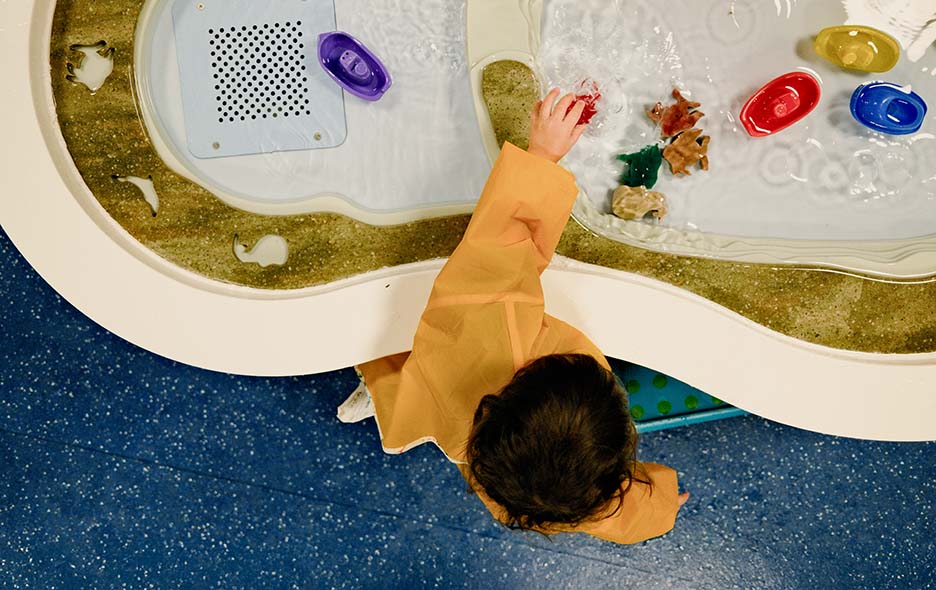
Finding Assistance with Sensory Rooms
If you’re the manager of a venue, event center, school, or public space, there are many organizations such as Kulture City, who offer certifications and other resources to help spaces become more inclusive for individuals with invisible disabilities. It’s important to connect with experts who have replicated successful sensory spaces to offer guidance and input on your new venture.
Creating a Truly Inclusive Space
People with sensory challenges shouldn’t miss out on life’s experiences. A sensory room makes an inclusive experience possible. By thoughtfully designing a space with controlled lighting, sound, textures, and purposeful seating, you provide a sanctuary that supports the well-being of individuals with autism and sensory processing disorders. A well-equipped sensory room communicates a powerful message: everyone is welcome, and everyone’s needs matter.

